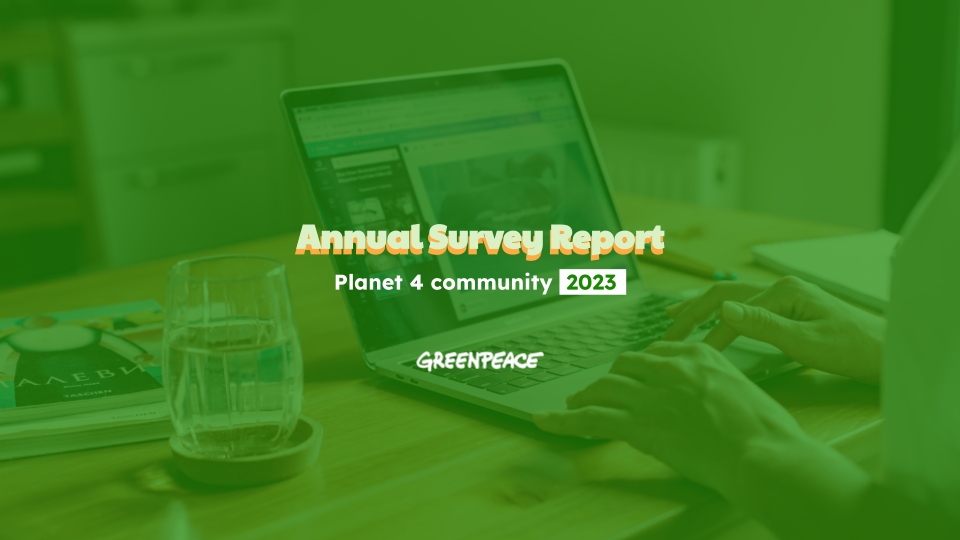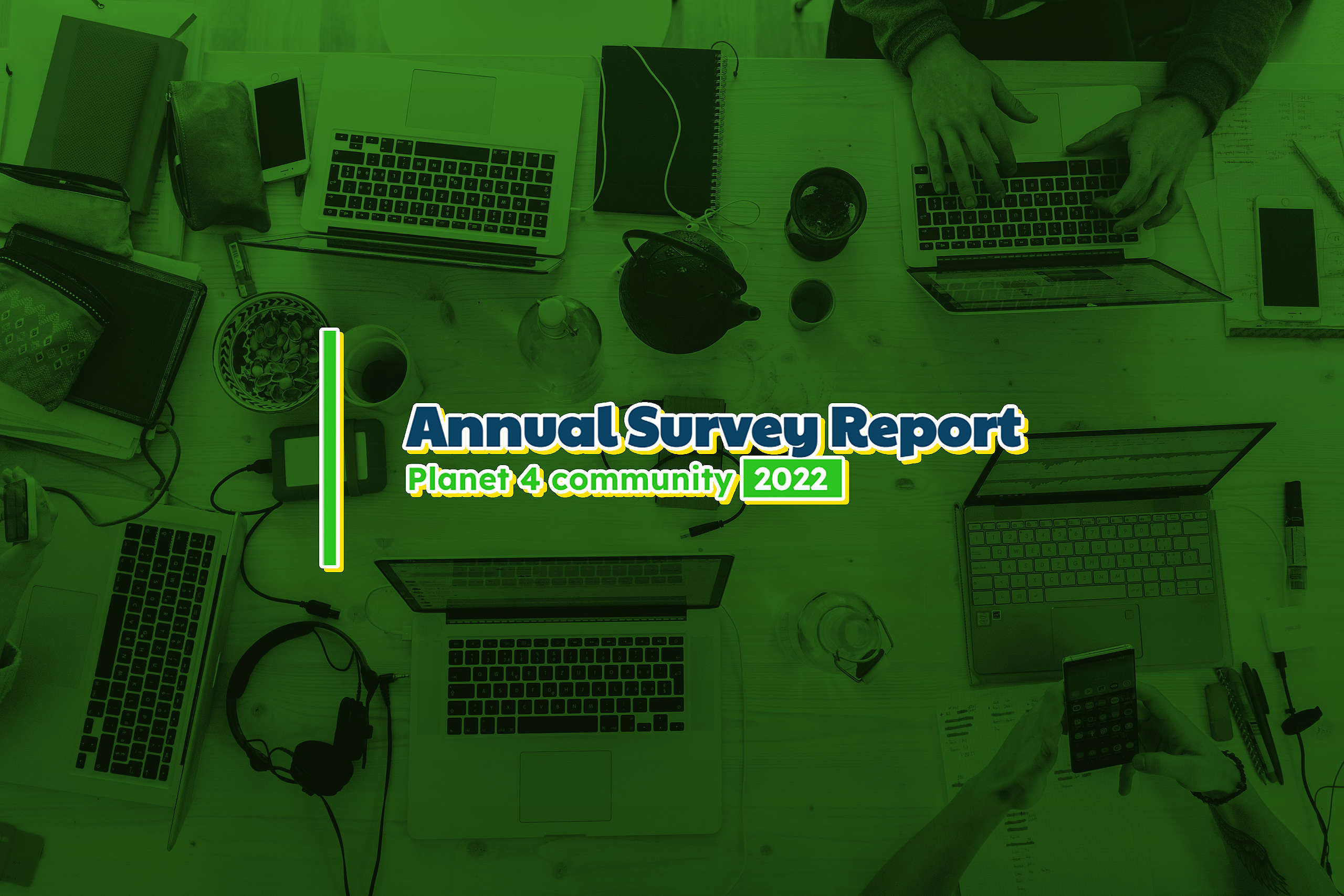A couple of days ago I had the chance to pick up Rene Boer‘s brain and have a conversation on how he and his team are using Hotjar in Netherlands to improve and adapt their Engagement and Fundraising strategies to better meet their supporters’ needs and questions.
Rene is Online Marketeer in the Netherlands office, and together with an external agency, they are making the most out of using Hotjar into their Engagement strategy.
What I really liked in their case is that they have an integrated and thorough approach when talking about using Hotjar to adapt and improve their Engagement and Fundraising strategies. Here are the steps they follow for any change they want to do on their site (changing a CTA, position differently a sharing or policy button, making fields in the forms mandatory and so on):
- They form a hypothesis.
- They use one of the Hotjar tools (Heatmaps, Polls or Survey) to check that hypothesis.
- They gather the data obtained from using the tools and extract some conclusions.
- They test with Google Optimize 50/50 OR A/B/C/D
- They check the results: 2 factors have to be positive to implement the test
- They implement the changes/ variant with best results from the tests
Have a look at the video below to check some scenarios Rene walked me through and better understand their approach.
Enjoy and make sure to take notes!
- 00:04 – Intro
- 01:03 – Heatmaps – Visitors’ behavior
- 01:37 – Test no 1: Adding a FAQ about use of donations
- 03:22 – Test no 2: A/B test for the Privacy Statement to increase no of donations
- 07:14 – Test no 3: Optional fields in a form will influence the conversion ratio
- 10:52 – Test no 4: Why people leave the pages without signing up petitions or donating?
- 14:24 – Test no 5: Using Surveys to find out what topics supporters donate for
- 15:57 – Test no 6: Using Surveys to find out what is keeping supporters from signing a petition
- 18:44 – Test no 7: Multiple variants for a TY message: sharing vs donating
- 21:24 – Test no 8: More engaging CTAs
- 23:40 – Conclusions



